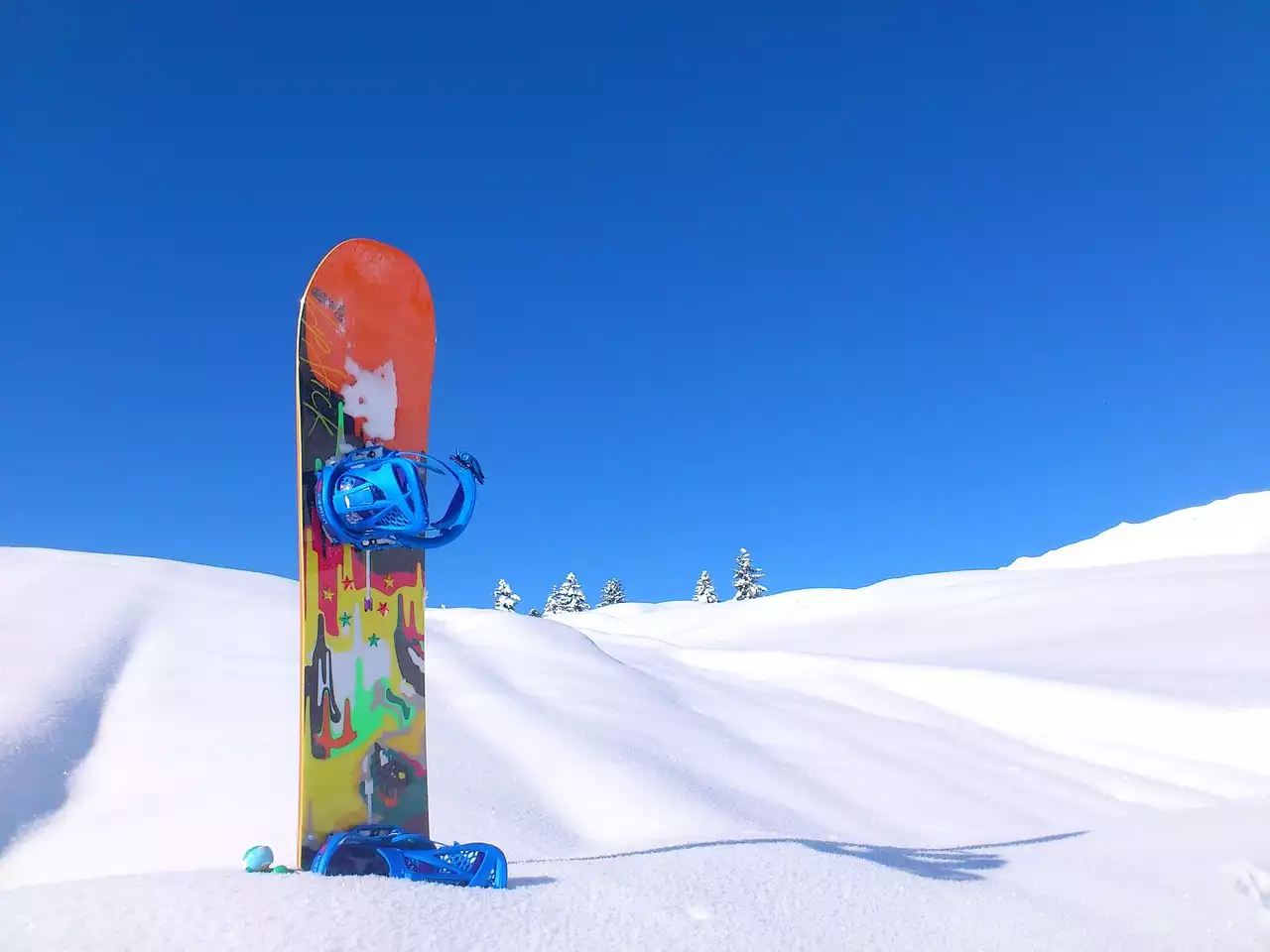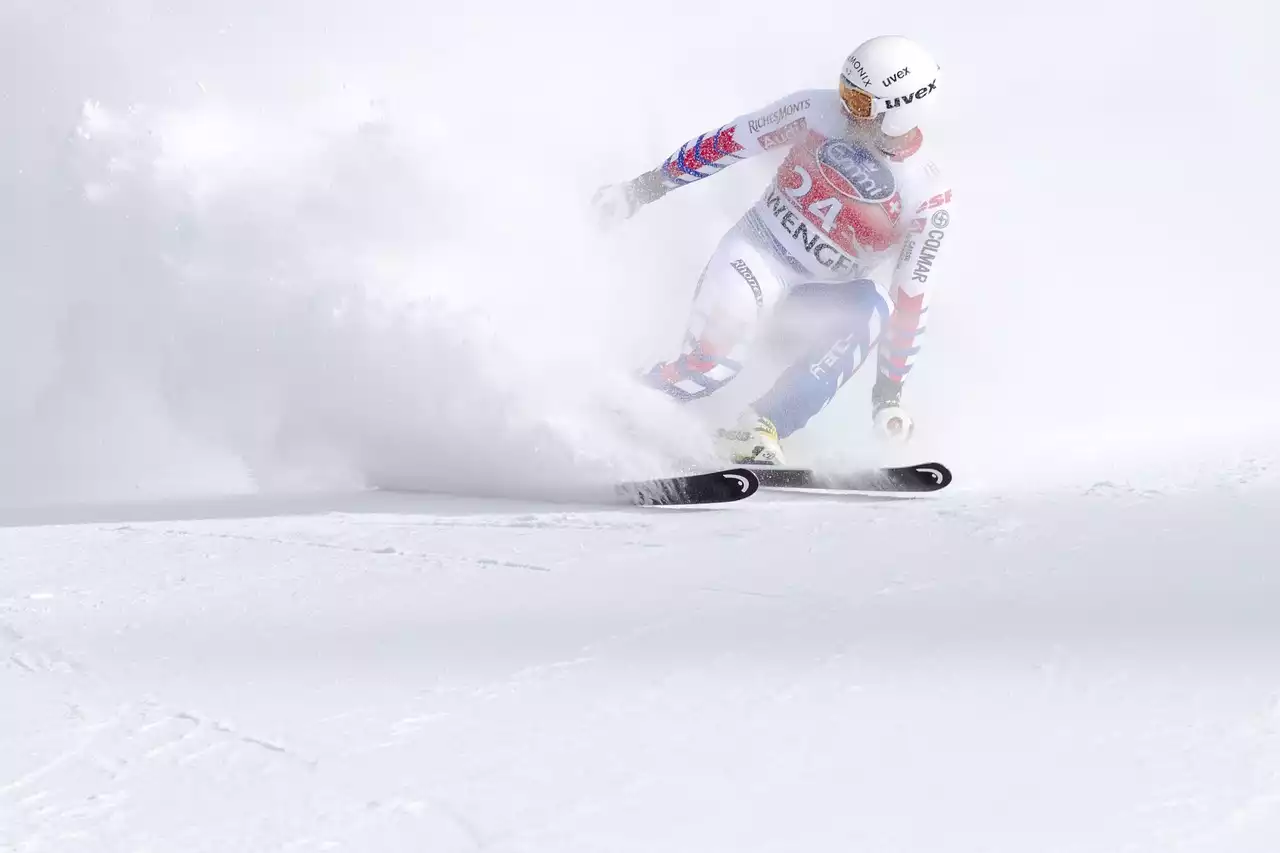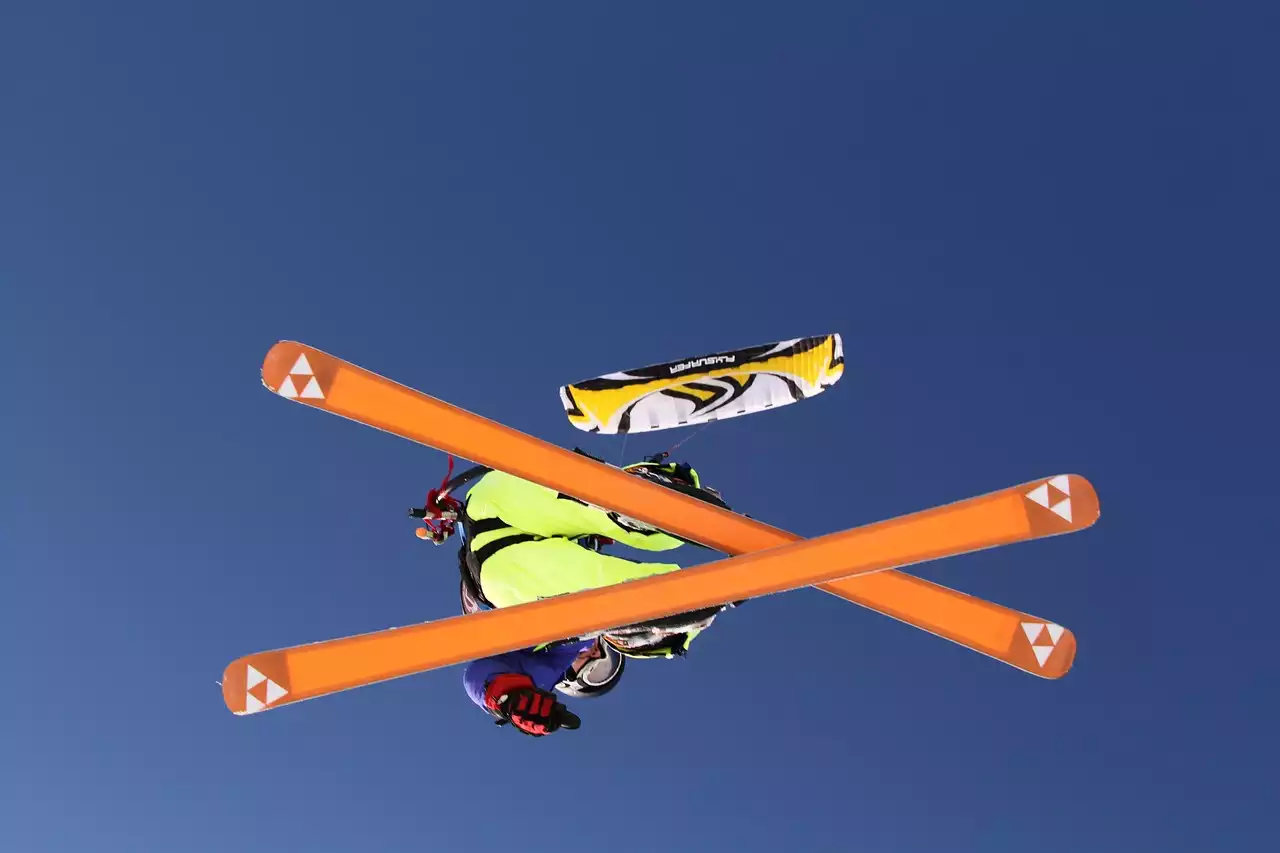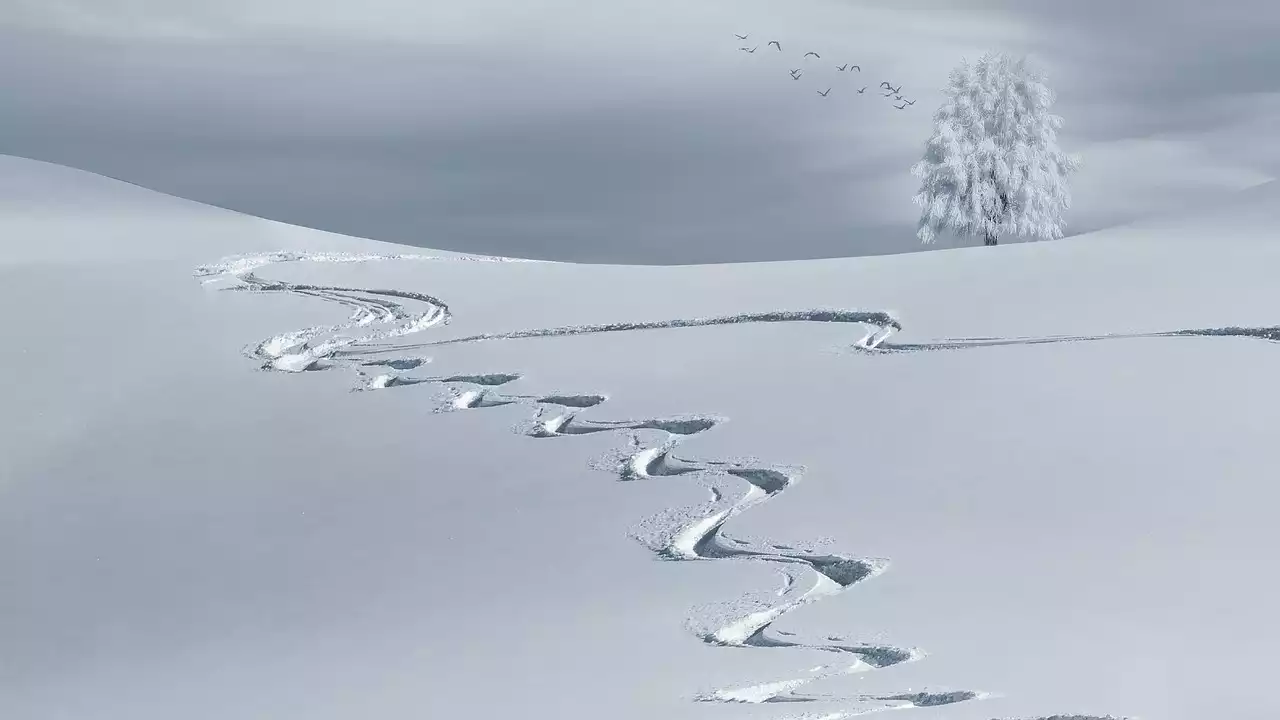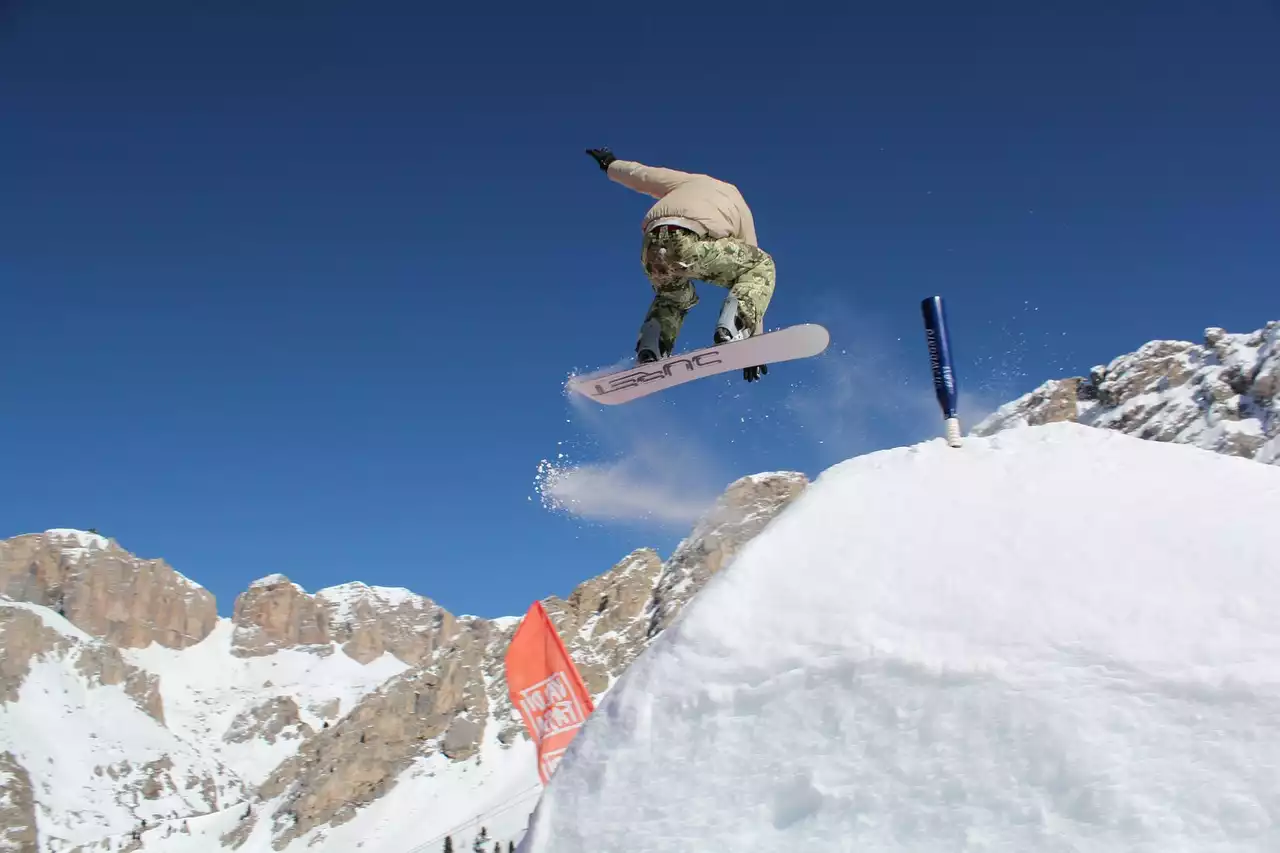The Origins of Snowboarding
The origins of snowboarding can be traced back to the 1960s in the United States. Surfing was a popular sport in California, but when the waves were flat, surfers would attach skis to their boards and ride down the mountains. This idea soon evolved into the modern-day snowboard, which was first created by a man named Sherman Poppen in 1965. Poppen made a toy for his daughter by attaching two skis together and adding a rope to the front for stability. He called it the "Snurfer," and it quickly gained popularity among his daughter's friends.
The Snurfer led to the creation of the first commercially available snowboard in 1977, called the "Burton Backhill." The board was designed by Jake Burton, who is now considered the father of modern snowboarding. The Backhill was a wooden board with a single fin and a rope attached to the front for stability. It was marketed as a toy for children, but it quickly gained popularity among adults as well.
Snowboarding was still a small, niche sport at this point, and it wasn't until the 1980s that it began to gain more widespread recognition. In 1982, the first National Snowboarding Championship was held in Vermont, and in 1985, the first World Cup of snowboarding was held in Austria.
The Evolution of Snowboarding as a Counterculture Sport
Throughout the 1980s, snowboarding continued to grow in popularity, but it was still considered a counterculture sport. Ski resorts banned snowboarders from their slopes, and many skiers looked down upon snowboarding as a fad.
Despite this, snowboarders continued to push the boundaries of the sport. In 1989, the first halfpipe competition was held at the World Snowboarding Championship in Switzerland. This event showcased the aerial acrobatics that snowboarders were capable of and helped to establish halfpipe as a staple of the sport.
By the early 1990s, snowboarding had become a full-fledged subculture, with its own fashion, music, and attitude. Snowboarders were seen as rebels, and the sport was associated with punk rock, grunge, and other counterculture movements.
The Rise of Snowboarding in the 1990s
The 1990s were a transformative decade for snowboarding. The sport began to gain mainstream recognition, and snowboarders started to become household names. This was due in part to the advent of snowboarding videos, which showcased the sport's high-flying action and helped to popularize it among a wider audience.
In 1994, snowboarding made its first appearance in the Winter Olympics, but it was only as a demonstration sport. The following year, the International Ski Federation (FIS) recognized snowboarding as an official discipline, and the first Snowboarding World Championships were held in Austria.
The 1990s also saw the development of new snowboarding disciplines, such as slopestyle and snowboard cross. These events helped to broaden the appeal of the sport and attract even more fans.
The Push for Snowboarding to Become an Olympic Event
Despite its growing popularity and recognition, snowboarding still faced resistance from the skiing establishment. Many skiers saw snowboarding as a fad and did not believe it deserved a place in the Olympics.
However, snowboarders and their supporters continued to push for the sport's inclusion in the Winter Games. They argued that snowboarding was a legitimate sport with its own unique culture and history, and that it deserved the same recognition as skiing and other winter sports.
Their efforts paid off in 1998, when snowboarding was added as a medal event to the Winter Olympics in Nagano, Japan. This was a milestone for the sport, as it finally gained acceptance from the mainstream winter sports community.
The Controversy Surrounding Snowboarding in the Olympics
While snowboarding's inclusion in the Olympics was a major victory, it was not without controversy. Many snowboarders felt that the Olympic format did not accurately represent the sport, and that the judges were not properly trained to score snowboarding events.
There were also concerns that the Olympics would dilute the rebellious and countercultural spirit of snowboarding. Some feared that the sport would become too commercialized and lose its authenticity.
Despite these concerns, snowboarding has remained a popular Olympic event. The addition of new disciplines, such as big air and parallel slalom, has kept the sport fresh and exciting, and snowboarders continue to push the limits of what is possible on a board.
Snowboarding's Impact on Winter Sports Culture
Snowboarding has had a profound impact on winter sports culture. It has brought a new level of excitement and creativity to skiing resorts, and has helped to attract a younger audience to winter sports.
Snowboarding's influence can be seen in everything from fashion to music to advertising. Many snowboarding brands have become household names, and snowboarders themselves have become celebrities and influencers.
Snowboarding has also helped to break down barriers between different winter sports. Skiers and snowboarders now share the slopes, and many resorts offer both skiing and snowboarding lessons and equipment rentals.
The Future of Snowboarding
The future of snowboarding looks bright. The sport continues to evolve and innovate, with new equipment and techniques being developed all the time. Snowboarding is also becoming more accessible, with artificial snow parks and indoor facilities allowing people to practice year-round.
However, snowboarding still faces challenges. Climate change is a major threat to winter sports, and rising temperatures and decreasing snowfall could make it more difficult for snowboarders to practice and compete.
Snowboarding also faces competition from other winter sports, such as skiing and ice skating. While snowboarding has carved out its own unique niche, it will need to continue to innovate and adapt in order to stay relevant and attract new fans.
Famous Snowboarders and Their Contributions to the Sport
Snowboarding has produced many famous and influential athletes over the years. Here are just a few of the most notable:
- Shaun White: Known as the "Flying Tomato," White is one of the most successful snowboarders of all time. He has won three Olympic gold medals and numerous X Games medals, and has helped to popularize the sport among a wider audience.
- Terje Haakonsen: Haakonsen is considered one of the greatest snowboarders of all time. He was known for his innovative and fearless riding style, and helped to establish snowboarding as a legitimate sport in the 1990s.
- Chloe Kim: Kim burst onto the snowboarding scene in 2018, when she won Olympic gold in the halfpipe at just 17 years old. She has since become a role model for young snowboarders, and has helped to raise the profile of women's snowboarding.
- Craig Kelly: Kelly was a pioneering snowboarder who helped to establish the sport in the 1980s and 1990s. He was known for his smooth riding style and his commitment to the environment, and his legacy lives on in the Craig Kelly Memorial Fund, which supports environmental causes.
- Hannah Teter: Teter is a two-time Olympic medalist and one of the most successful female snowboarders of all time. She is also known for her philanthropy, and has used her platform to raise awareness for a variety of social and environmental issues.
These snowboarders, and many others like them, have helped to shape the sport and inspire future generations of snowboarders to push the limits and pursue their dreams.
